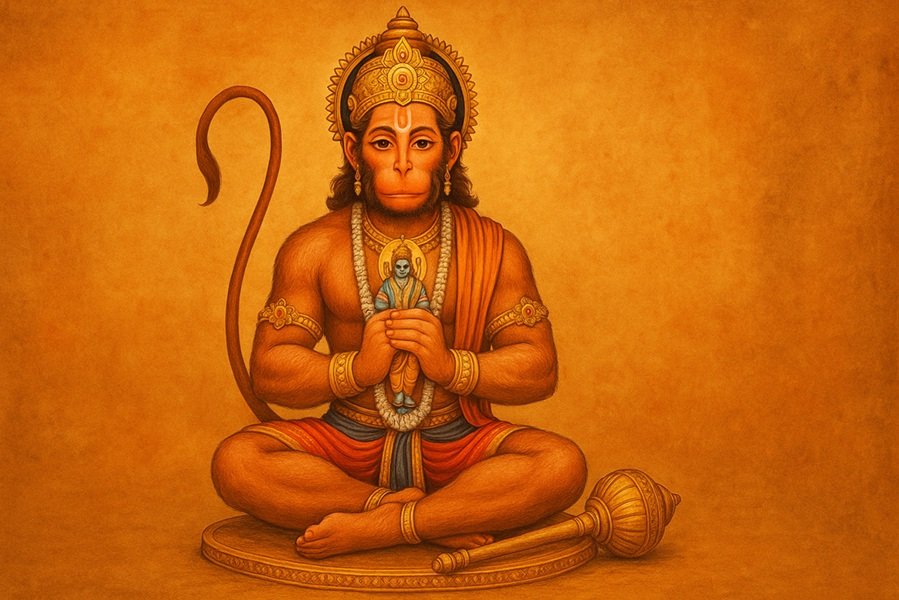
Introduction
Mandala Pooja is one of the most sacred and eagerly awaited festivals celebrated at the Sabarimala Ayyappa Temple in Kerala. It marks the culmination of 41 days of austerity and penance observed by millions of devotees of Lord Ayyappa across India and abroad. The festival holds deep spiritual meaning, symbolizing devotion, discipline, and purification of the body and mind.
In 2025, Mandala Pooja begins on Monday, November 17, 2025, and the Mandala Pooja day will be observed on Saturday, December 27, 2025. The ritual period aligns with the Dhanu Masam in the Malayalam calendar.
Read This: Tulasi Vivah 2025: Date, Rituals, Significance
Dates and Calendar Details for 2025
- Mandala Pooja Begins: Monday, November 17, 2025
- Mandala Pooja Day: Saturday, December 27, 2025
- Month: Dhanu Masam (Malayalam Calendar)
- Duration of Austerity (Vratham): 41 Days
During this time, devotees undertake rigorous spiritual discipline, wearing traditional black or blue clothing, abstaining from worldly pleasures, and focusing entirely on prayers to Lord Ayyappa, the deity symbolizing celibacy, devotion, and self-control.
What is Mandala Pooja?
Mandala Pooja, also called Mandala Kalam, is the concluding ceremony of the 41-day Vratham (austerity period) observed by Ayyappa devotees. The 41-day period represents spiritual purification — a time to control the senses, detach from material desires, and strengthen one’s devotion to Lord Ayyappa.
The word “Mandala” signifies a spiritual cycle of 41 days. The devotees observe “Ayyappa Deeksha”, which begins on the first day of Vrishchikam Masam (mid-November) and concludes on the Mandala Pooja day during Dhanu Masam (December end).
Significance of the 41-Day Vratham
The 41-day penance is known as Ayyappa Vratham or Mandala Vratham. It is not just a religious routine but a deep spiritual practice aimed at purifying both the body and the mind.
During this period:
- Devotees refrain from consuming non-vegetarian food, alcohol, and tobacco.
- They practice celibacy and lead a life of simplicity and truth.
- Daily prayers, bhajans, and visits to temples become a part of the routine.
- They wear simple clothing (usually black or blue) and a rudraksha or tulsi mala.
The number 41 is considered significant because it is believed that the human mind and body take 41 days to adapt to a new spiritual rhythm.
Rituals and Observances
1. Beginning of Vratham
Devotees begin their Ayyappa Deeksha with a special ritual in the presence of a Guru Swami (a senior devotee who has previously visited Sabarimala). They wear the mala (garland of tulsi or rudraksha beads) and take a vow to observe discipline, devotion, and celibacy.
2. Daily Pooja and Bhajans
Throughout the 41 days, devotees perform Ayyappa Pooja every morning and evening. Many participate in bhajans (devotional singing), Annadanam (food offering), and charity activities.
3. Abstinence and Self-Control
Strict rules of conduct are followed — no anger, lies, or indulgence in luxuries. The devotee must maintain purity of thought, speech, and action.
4. Concluding with Mandala Pooja
The Mandala Pooja day marks the end of this Vratham. Devotees gather in large numbers at Sabarimala Temple, located in the dense forests of Kerala’s Western Ghats, to witness the special rituals and prayers performed to honor Lord Ayyappa.
Mandala Pooja at Sabarimala Ayyappa Temple
The Sabarimala Ayyappa Temple, situated on Sannidhanam Hill in Pathanamthitta district, Kerala, is one of the most visited pilgrimage centers in India. During the Mandala-Makaravilakku season, millions of devotees undertake the holy trek through Pamba River and dense forests to reach the shrine.
Mandala Pooja is one of the two major annual events at Sabarimala:
- Mandala Pooja – Marks the conclusion of the 41-day Vratham.
- Makaravilakku – Celebrated in mid-January when the sacred light (Makara Jyothi) is witnessed on the hills.
During the Mandala season, the temple remains open for extended days, accommodating lakhs of pilgrims daily.
Importance of Mandala Pooja in Ayyappa Devotion
Mandala Pooja is symbolic of the union between the devotee and the divine through self-discipline. The penance and pilgrimage signify the victory of spiritual consciousness over material desires.
The rituals also carry deep philosophical meanings:
- Black attire represents detachment from materialism.
- Barefoot travel symbolizes humility and equality among devotees.
- Carrying Irumudi Kettu (sacred bundle) signifies surrendering worldly burdens to Lord Ayyappa.
Connection Between Mandala Pooja and Makaravilakku
After Mandala Pooja, the Sabarimala Temple closes temporarily and reopens in January for Makaravilakku, another major festival associated with the appearance of the divine light (Jyothi) believed to bless the devotees.
Together, these two events — Mandala Pooja and Makaravilakku — complete the annual pilgrimage cycle of Sabarimala.
Spiritual Message of Mandala Pooja
Mandala Pooja teaches devotees that spiritual discipline leads to inner transformation. The period of austerity helps one overcome ego, anger, and greed, paving the way for peace and divine connection.
As the devotees chant “Swamiye Saranam Ayyappa”, they reaffirm their surrender to Lord Ayyappa’s divine will, seeking liberation from worldly attachments.
Conclusion
Mandala Pooja 2025, beginning on November 17 and culminating on December 27, is not just a religious event but a profound spiritual journey for devotees of Lord Ayyappa. The 41 days of Vratham and the concluding Pooja symbolize devotion, discipline, and divine realization.
It is during this sacred period that millions of devotees unite in faith, chanting the eternal words —
“Swamiye Saranam Ayyappa!”






